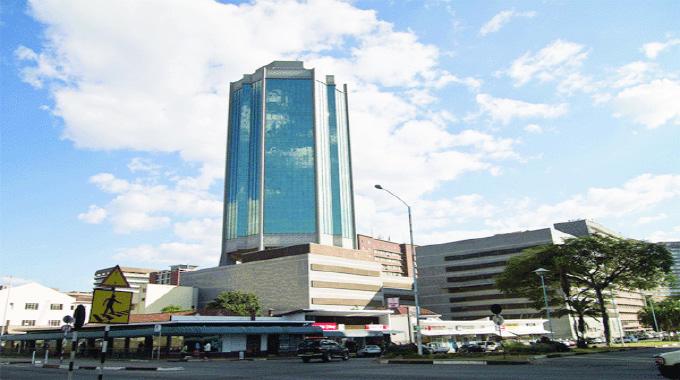News / National
Zimbabwe's mining sector leads in non-performing loans
24 Nov 2025 at 05:44hrs |
0 Views

Zimbabwe's mining sector emerged as the nation's top source of non-performing loans (NPLs) in 2024, with a striking 27.87% of loans classified as bad, according to the Reserve Bank of Zimbabwe (RBZ) annual financial stability report. The surge was attributed to a sharp downturn in global commodity markets, particularly affecting lithium and platinum, highlighting the sector's vulnerability to external shocks and its deep macro-financial linkages with global trends.
Mining's NPLs significantly exceeded those in other key sectors, with manufacturing reporting 17.74% and individuals and households at 16.5%. Analysts noted that the spike underscores the sector's cyclical nature and the heightened credit risk associated with mineral exports.
Despite the grim 2024 figures, early 2025 data from the Minerals Marketing Corporation of Zimbabwe (MMCZ) suggests a more nuanced picture. While sales volumes and values for platinum group metals (PGMs) concentrate fell by 57% and 58% respectively in the nine months to September 2025, this decline was counterbalanced by a substantial increase in PGM matte exports. MMCZ reported that 27,806 metric tonnes of PGM matte were sold for US$1.05 billion, a 50% increase from the US$702 million recorded during the same period in 2024. Experts interpret this as a strategic pivot towards more beneficiated, higher-value exports.
The outlook for lithium, however, remains challenging, reinforcing earlier concerns by the RBZ about the sector's exposure to volatile commodity prices.
Amid these sector-specific difficulties, Zimbabwe's banking sector has maintained relative stability, with an overall NPL ratio of 3.37%, well below the international threshold of 5%. The RBZ credited this resilience to "robust risk management systems at banking institutions," even as banks adjust their business models to navigate the ongoing volatility in the mining sector.
The mixed signals for 2025 suggest that while mining remains a high-risk sector for lenders, recovery in select commodities and strategic export shifts could support financial stability if sustained. Observers warn that commodity price movements and export strategies will be critical in shaping the sector's credit risk and broader economic impact in the coming year.
Mining's NPLs significantly exceeded those in other key sectors, with manufacturing reporting 17.74% and individuals and households at 16.5%. Analysts noted that the spike underscores the sector's cyclical nature and the heightened credit risk associated with mineral exports.
Despite the grim 2024 figures, early 2025 data from the Minerals Marketing Corporation of Zimbabwe (MMCZ) suggests a more nuanced picture. While sales volumes and values for platinum group metals (PGMs) concentrate fell by 57% and 58% respectively in the nine months to September 2025, this decline was counterbalanced by a substantial increase in PGM matte exports. MMCZ reported that 27,806 metric tonnes of PGM matte were sold for US$1.05 billion, a 50% increase from the US$702 million recorded during the same period in 2024. Experts interpret this as a strategic pivot towards more beneficiated, higher-value exports.
The outlook for lithium, however, remains challenging, reinforcing earlier concerns by the RBZ about the sector's exposure to volatile commodity prices.
Amid these sector-specific difficulties, Zimbabwe's banking sector has maintained relative stability, with an overall NPL ratio of 3.37%, well below the international threshold of 5%. The RBZ credited this resilience to "robust risk management systems at banking institutions," even as banks adjust their business models to navigate the ongoing volatility in the mining sector.
The mixed signals for 2025 suggest that while mining remains a high-risk sector for lenders, recovery in select commodities and strategic export shifts could support financial stability if sustained. Observers warn that commodity price movements and export strategies will be critical in shaping the sector's credit risk and broader economic impact in the coming year.
Source - Zimbabwe Independent
Join the discussion
Loading comments…




















